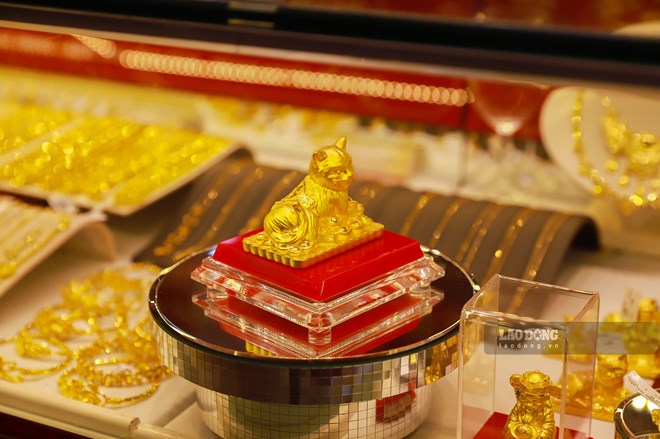
The domestic gold price opening today's trading session was listed by DOJI Group at 69.6 million VND/tael for buying; 70.4 million VND/tael for selling.
The difference between buying and selling price of gold at DOJI is 800,000 VND/tael.
Compared to the opening of yesterday's trading session, gold prices at DOJI both decreased by 250,000 VND/tael for buying and selling.
Meanwhile, Saigon Jewelry Company listed the buying price of gold at 69.5 million VND/tael; the selling price is 70.3 million VND/tael.
The difference between buying and selling price of gold at Saigon Jewelry Company SJC is 800,000 VND/tael.
Compared to yesterday's opening session, the gold price at Saigon Jewelry Company SJC decreased by 400,000 VND/tael for buying and decreased by 300,000 VND/tael for selling.
Although it has been adjusted down, the current gap between buying and selling gold in the country is very high. This can put buyers at risk of losing money when investing in the short term.
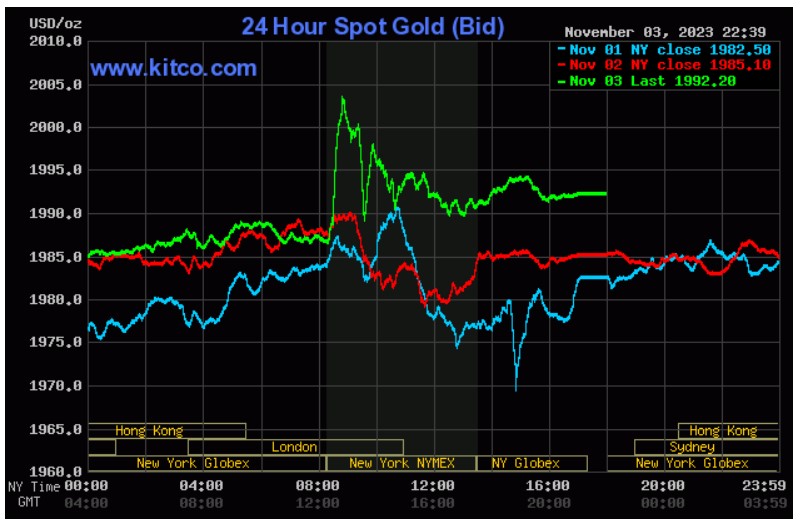
World gold price as of 9:39 am today, listed on Kitco at 1,992.2 USD/ounce. Compared to the opening of the previous trading session, world gold price increased by 8.6 USD/ounce.
At the end of its recent meeting, the US Federal Reserve (FED) still left open the possibility of raising interest rates once more to bring inflation back to its 2% target. However, data on US job growth was slower than expected in October, while wage inflation cooled down, showing that labor market conditions are easing.
Data showed employers added 150,000 jobs in October, below the 180,000 economists had forecast. The weakening labor market could prompt the Fed to reconsider the possibility of higher interest rates.
Recent geopolitical uncertainty has boosted safe-haven demand for gold, helping it post a 7% gain in October. However, experts say geopolitical concerns are failing to attract long-term investors and gold's rally appears to be running out of steam.
In the long term, analysts remain optimistic that the precious metal will continue to be supported by healthy demand from central banks, recession fears, and the trend of de-dollarization. There are growing concerns that the global economy is still on track for a recession despite the recovery in US consumption.
“If the labor market starts to deteriorate, the Fed will not be able to continue its hawkish path,” said Phillip Streible, chief market strategist at Blue Line Futures in Chicago. “The data reinforces expectations that the Fed will pause on rate hikes, and that is supporting gold.”
Traders are now pricing in a 95% chance the US central bank will keep rates unchanged in December, compared with 80% before the data was released, according to the CME FedWatch tool.
Craig Erlam, senior market analyst at OANDA, said that the $2,000/ounce price is a big psychological barrier for gold and momentum indicators show that this could be a time of consolidation for gold prices.
Meanwhile, Robert Minter - Director of ETF Investment Strategy - commented that the biggest factor supporting gold prices continues to be central bank demand. According to the latest data from the World Gold Council (WGC), by the end of the third quarter, central banks had bought a record 800 tons of gold.
StoneX analyst Rhona O'Connell said the conflict in the Middle East is keeping the gold and silver markets at safe haven levels. Gold is consolidating and building a base for further gains, depending on the geopolitical situation.
Source


![[Photo] General Secretary To Lam receives Singaporean Ambassador Jaya Ratnam](https://vphoto.vietnam.vn/thumb/1200x675/vietnam/resource/IMAGE/2025/11/03/1762171461424_a1-bnd-5309-9100-jpg.webp)




![[Photo] Lam Dong: Close-up of illegal lake with broken wall](https://vphoto.vietnam.vn/thumb/1200x675/vietnam/resource/IMAGE/2025/11/03/1762166057849_a5018a8dcbd5478b1ec4-jpg.webp)




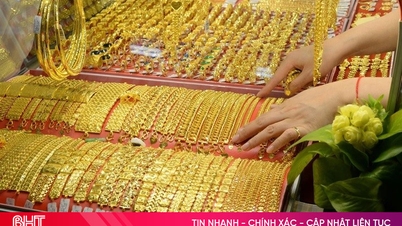



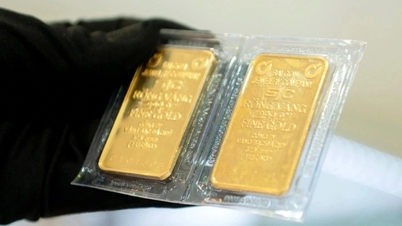













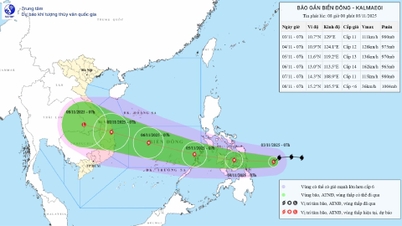




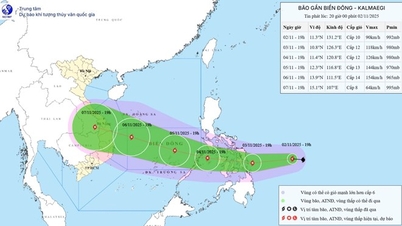










































































Comment (0)